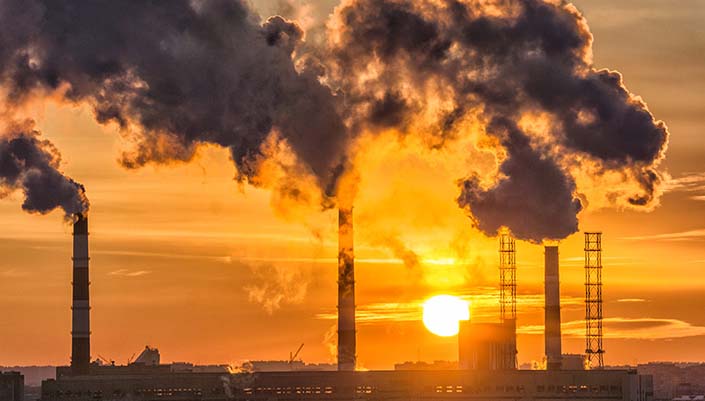How do waste-to-energy incinerators affect neighboring communities?

Environmental justice communities are towns and neighborhoods that face a disproportionate level of environmental hazards. These hazards take the form of oil refineries, factories or facilities for disposing of municipal solid waste (MSW) such as landfills and incinerators. Waste-to-energy incinerators burn MSW and use the resulting heat to generate electricity, making them an attractive method for disposing of waste. However, burning MSW can produce harmful emissions, with some types of waste presenting greater risks to nearby communities. Changes in global policy, such as China’s 2017 ban on importing plastic wastes, can change the overall composition of MSW and thus possibly increase the risks environmental justice communities near incinerators can face.
In a new study, Texas A&M School of Public Health student researcher Kaitlyn Hooks, together with researchers from the School of Public Health and the University of Delaware, investigated the potential health and quality of life effects caused by changes to the types of waste being incinerated at a waste-to-energy facility in Chester, Pennsylvania. The study, published in the journal Human Ecology, used surveys of residents in Chester, an environmental justice community southeast of Philadelphia, to measure knowledge and awareness of the incinerator, perceived air quality changes over a six-month period and self-reported mental and physical health as well as demographic factors such as gender, race, education, age and employment status. The surveys were conducted during June and July 2019 and 181 households were surveyed, with households being stratified into two groups: one less than three miles from the incinerator and one between three and six miles away.
The survey respondents were roughly half white and half African American, and most households had at least one employed adult and at least a high school education. Nearly half of the households were aware of the incinerator, with 60 percent of those respondents knowing the types of waste burned and only about one-third noting changes to air quality. However, more than 80 percent of the households within three miles of the facility were African American. Those households were more likely to be aware of the incinerator and to have observed increased air pollution since the facility started burning more plastics and other materials since China’s ban on waste imports.
Respondents also completed a short questionnaire on physical and mental health and how their health affects quality of life and activities of daily living. Overall the respondents reported higher than average mental health scores; however, people living closer to the incinerator reported slightly lower mental health scores. Physical health showed a greater impact, though, with people living near the incinerator having physical health scores significantly below the national average.

